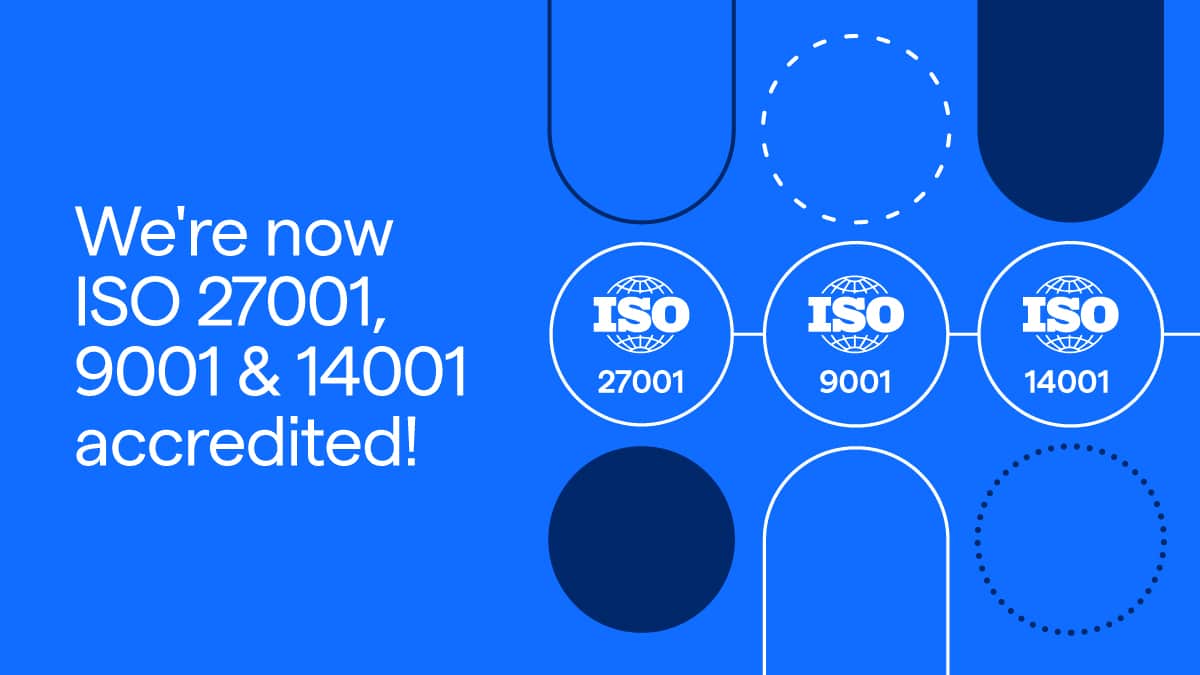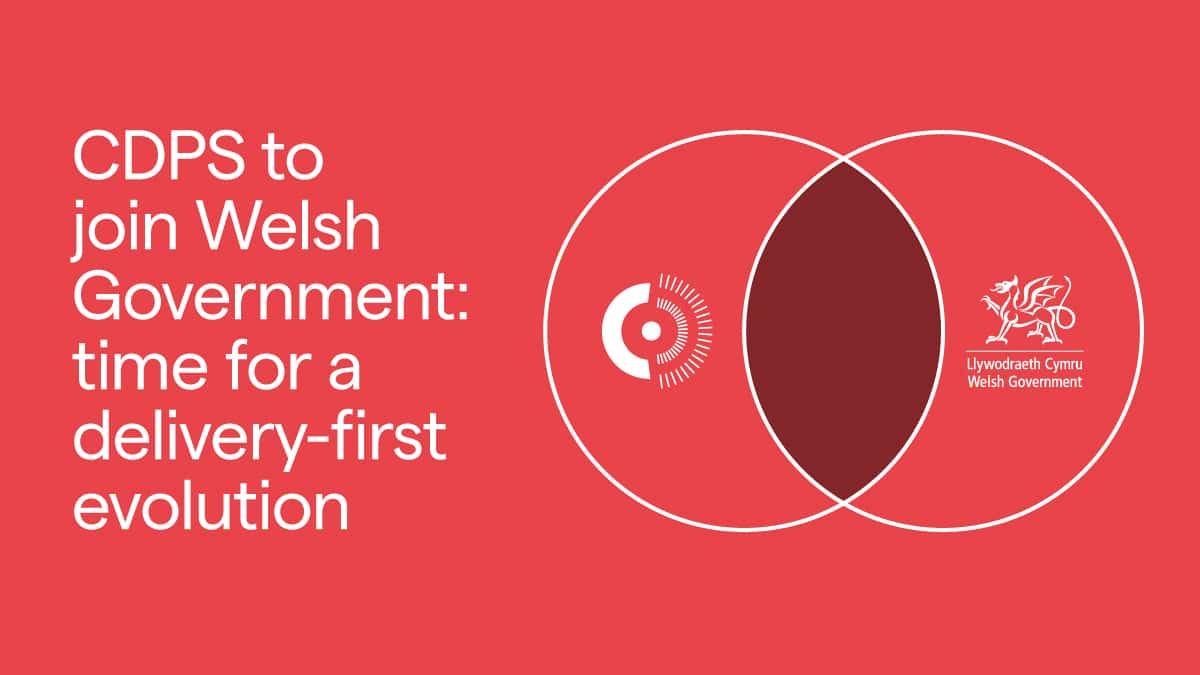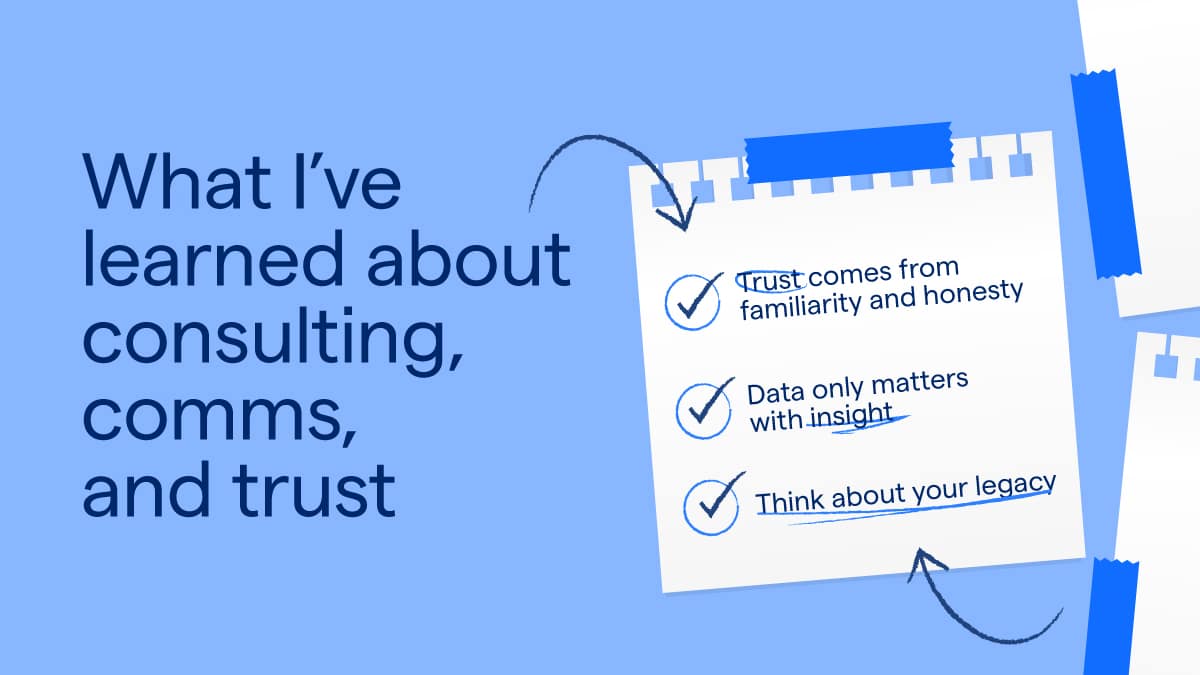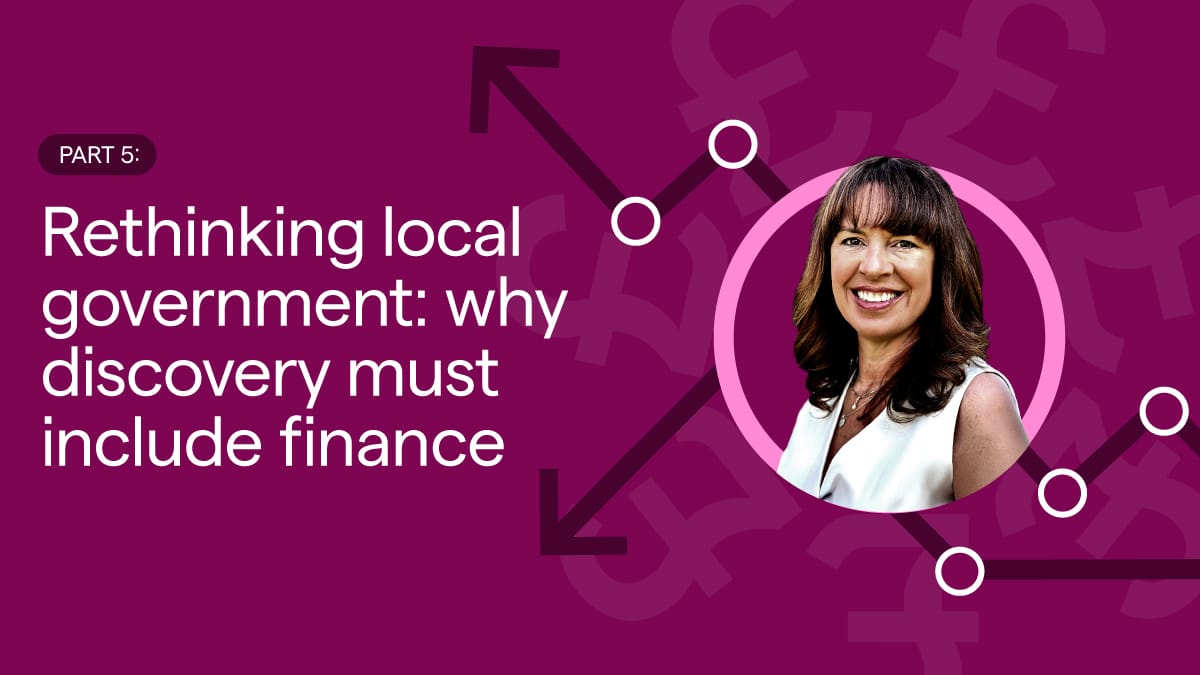Making shared services work in a reorganised landscape
4 min read Written by: Victoria Ford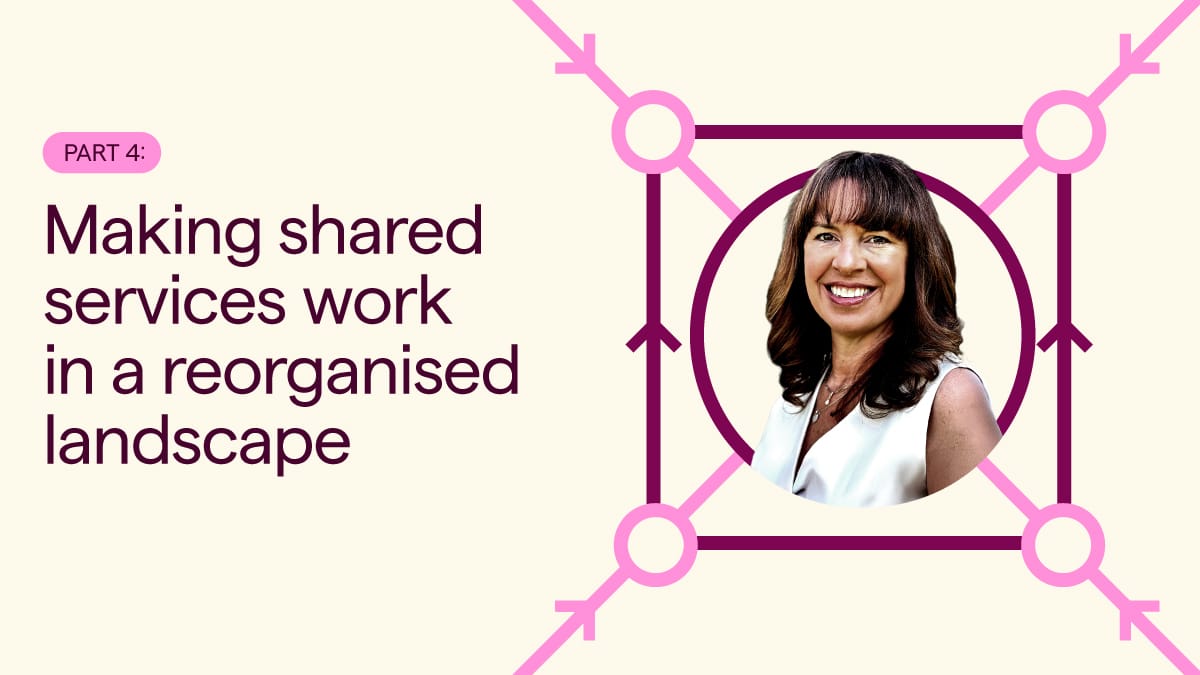
Local government reorganisation (LGR) is driving councils to rethink not just how they operate internally, but how they work together across boundaries. Shared services, once seen primarily as a cost-saving measure, are now taking on a more strategic role, enabling collaboration on common goals, from economic development to digital transformation.
But shared services can only thrive in the right conditions. At Perago, we’ve supported councils and public sector bodies in sharing not just services, but also co-owning solutions that deliver real value to communities. The difference? It starts with a shared purpose, not just shared procurement.
Beyond efficiency: a shared purpose
The traditional view of shared services focuses on what are typically seen as back-office functions: finance, HR, IT, to name just a few. While these functions are critical to the daily functioning of a council and sharing them across local authorities can create a more unified delivery of service for residents and financial savings, the real opportunity lies in collaboration that supports front-line delivery and long-term strategic outcomes.
In an LGR context, this means:
- Collaboratively designing services that truly meet resident needs
- Sharing digital infrastructure to enhance integration and data to respond to cross-border challenges
It’s no longer about who owns the service, but rather who benefits from it, and how councils can combine resources to deliver more resilient, responsive public services.
Creating the right environment for successful shared services
Creating effective shared services takes more than just an agreement, whether contractual or verbal. It needs cultural alignment, trust, and shared governance. We’ve seen these programmes succeed when councils:
- Start with outcomes, not org charts: Define the shared problem you’re trying to solve. Is it improving digital access? Supporting vulnerable residents? Driving local growth? Start there and build your collaboration around it.
- Invest in relationships: Shared services are powered by people. Leaders need time and space to build trust, not just between organisations, but between teams. Cross-council working groups, peer learning, and co-location (whether physical or virtual) can all be beneficial.
- Design for flexibility: Every council is different. Shared services need to be adaptable to the local context in which they operate. Standardising where it makes sense, but allowing room for tailored delivery, makes collaboration sustainable.
- Build shared governance that supports action: Avoid overly complex sign-off structures. Instead, empower joint teams to make day-to-day decisions, backed by clear escalation routes.
- Celebrate and learn together: Collaboration should be a rewarding experience. Shared metrics, open retrospectives, and visible success stories all help embed a collaborative culture.
From co-delivery to co-design
In many reorganisations, councils are exploring not just shared delivery, but shared design of services and systems. This is especially powerful in areas like:
- digital platforms e.g. shared customer portals
- procurement frameworks e.g. joint commissioning of care services
- place-based initiatives e.g. integrated community hubs
Co-design means involving residents, staff, and partners in shaping how services should work across council boundaries. We help councils run co-design workshops that bring together diverse voices and ground shared services in real-life experiences.
A smarter approach to shared infrastructure
Technology plays a critical enabling role. But councils don’t need to rebuild from scratch. There are considerable opportunities to reuse and adapt existing digital tools, platforms, and patterns across authorities.
The key is interoperability. Councils should invest in integration, not duplication. Open standards, reusable components, and shared procurement can all reduce cost and increase impact. We help councils assess their digital estate and identify opportunities to collaborate on infrastructure without compromising local needs.
The future is collaborative
As LGR progresses, the physical boundaries between councils will fade, and priorities should align. Whether through shared data strategies, common digital platforms, or co-owned service hubs, councils have the chance to spearhead a new era of public service delivery.
It’s not easy. Collaboration takes time and effort. But when done well, it delivers:
- better services for residents
- greater resilience for councils
- stronger, more connected communities
- more engaged and aligned workforces
At Perago, we support councils to design, deliver and develop shared services that are ambitious, practical and people-first.
Because in the reorganised landscape, collaboration isn’t optional. It’s the way forward.
